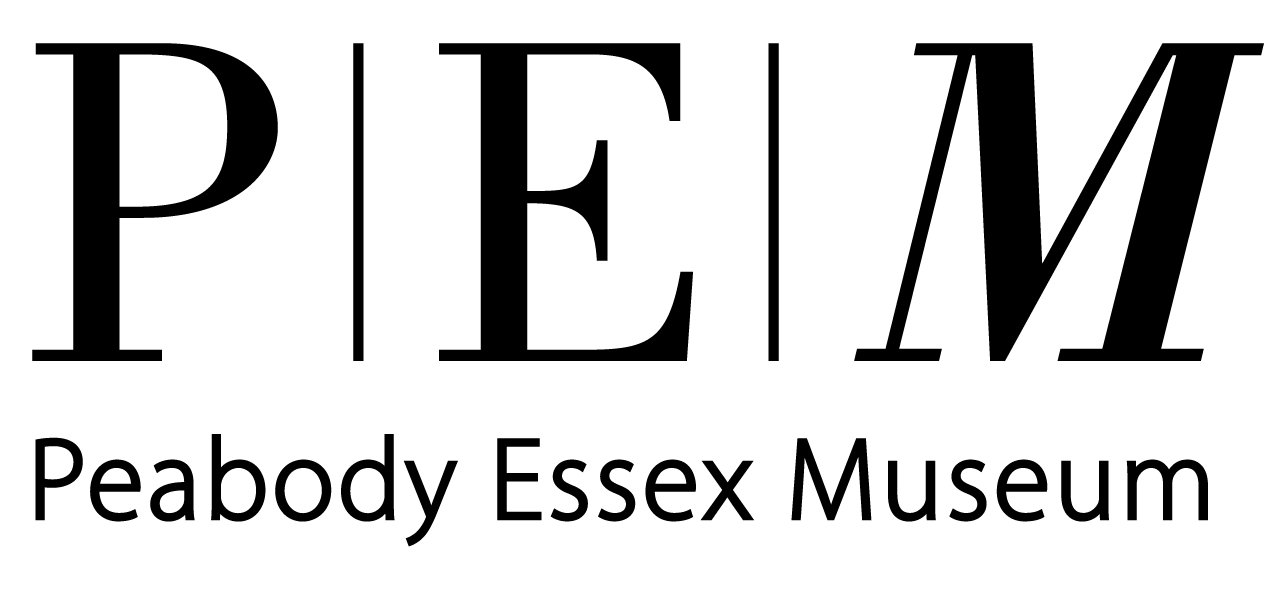By Jeff Schmidt, Program Director, Salem Film Fest
In what appears to be a Salem Film Fest first, a filmmaker is attending the festival representing two different feature documentary films - editor Mo Stoebe will join director Natalie Avital in the Massachusetts Premiere of THE THREE HIKERS and director Ceyda Torun in the US Premiere of KEDI. I had a chance to speak with Stoebe earlier this week about his work on those films, as well as his overall experience working in documentary film.
JS: What is your background and how did it lead you to working on documentaries?
MS: My background is firmly rooted in film and video, I have been editing and designing motion graphics for the past 17 years. I started in feature editing when my friend and colleague Tom Keegan directed his first documentary, OUT IN INDIA: A FAMILY'S JOURNEY, in 2005 and subsequently asked me to edit it. I was hooked ever since.
JS: How did you become involved in THE THREE HIKERS?
MS: THE THREE HIKERS was looking for an editor to come onboard when they had finished the bulk of their shooting in early 2013. I had an initial meeting with the director, Natalie Avital, and we had a really good conversation about what she wanted the project. So we got along very well right off the bat and have been friends ever since. Colin Hawes, our assistant editor on the film, started organising footage for a few months and I began to pull together the most important sequences that summer. We then worked up to a screening of the strongest material, a part selects reel, part rough edit that was about five hours long. We then added another great editor, Matt Michael, to our team and worked towards a rough cut which was completed by spring of 2014. At that stage, Paul Crowder came in and lent his invaluable experience as an editor and filmmaker to bring the film to its final shape.
JS: How did you become involved in KEDI?
MS: KEDI started for me right as THE THREE HIKERS locked in the summer of 2014. Here the team consisted mainly of Ceyda Torun, the director, and Charlie Wupperman who is also the DP of the film. The process was to initially sculpt down all the beautiful footage they had captured to build a number of possible stories. Building these first rough blocks took about ten weeks and from there we mainly worked on figuring out how to string these blocks into a coherent structure and build bridges and connections from one to the other.
JS: What drew you to each film?
MS: THE THREE HIKERS was instantly appealing to me as I knew about the Hikers from what I had heard in the news. I’m generally interested in stories with a geopolitical background and I thought theirs had a lot of potential. KEDI on the other hand was very interesting to me because it presented such a different challenge. How do you weave a story from all this material? The shift to a more poetic approach here was really refreshing…
JS: The stories in each film are told in very different ways, can you talk about how that influenced your editing style/choices?
MS: THE THREE HIKERS is a fast-paced ride that aims to keep the audience engaged and on the edge of their seats while at the same time conveying a large amount of information. So we worked on keeping the film moving as fast as possible without becoming too overwhelming. KEDI was almost the complete opposite, as here we were working on conveying a feeling about Istanbul as a magical place and its cats through images and sounds.
JS: What do you like about working in the documentary form?
MS: What I love about editing documentaries and editing in general the unique nature of each project. I often compare my work to solving a puzzle with multiple possible solutions and it is very rewarding when you see that puzzle taking shape and coming together to form a whole.
THE THREE HIKERS screens on Saturday, March 5 at 2pm at CinemaSalem
KEDI screens on Sunday, March 6 at 2pm at the Peabody Essex Museum

